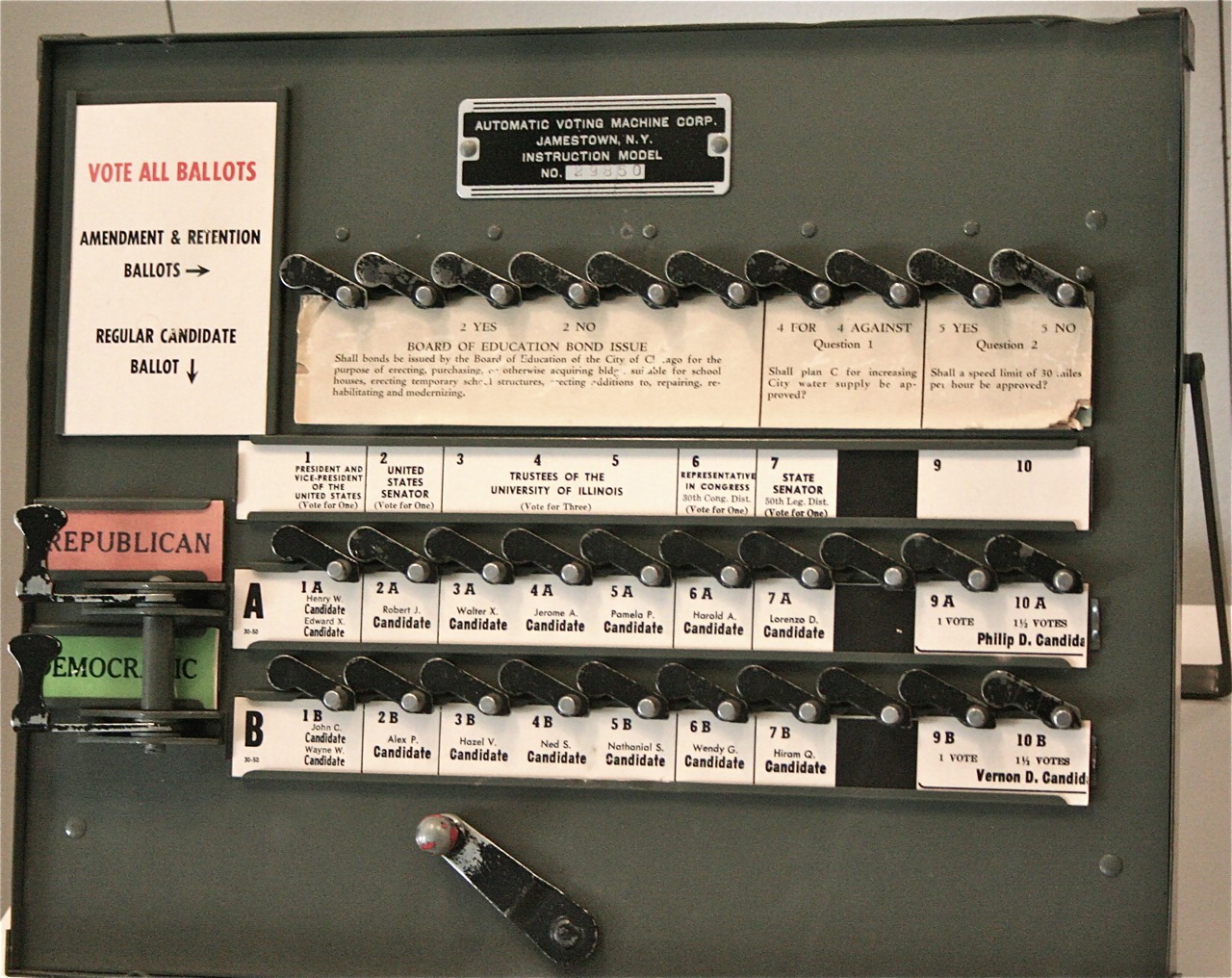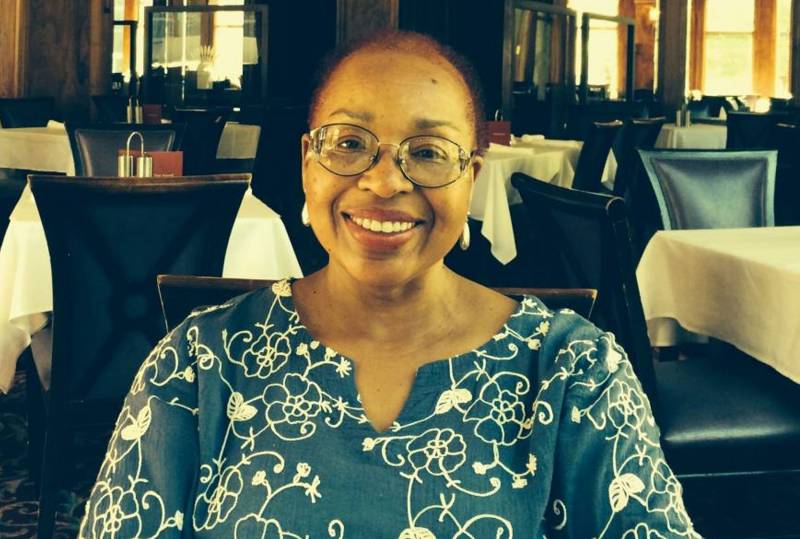The 100th anniversary of the 19th Amendment, which enshrined women's constitutional right to vote in the United States, is on Aug. 18, 2020. So we're asking politically engaged women in our community to share their personal voting stories with you.
Today: longtime San Francisco voting rights advocate Maxine Anderson.
The thing Maxine Anderson remembers most vividly about the very first election in which she was eligible to vote was ... "The Machine."
"It was a big machine," Anderson said. "You flip levers for whatever you were going to vote for. Click, click, click, click, pull. And then you were out of the voting booth."
It was 1971, and the clunky, old lever-operated voting apparatus hadn’t yet been displaced by more modern voting systems where she lived in Chicago.

Voting was a big deal for Anderson’s family. Because it was a novelty.
"For most years up until the time I was old enough to vote, there was no guarantee that Black people could vote in an election," Anderson said.
The Voting Rights Act, prohibiting racial discrimination in voting, wasn't passed by President Lyndon B. Johnson until 1965. And Anderson’s parents grew up in Mississippi, where voter suppression was rife.
"Even though my father fought in World War II, his access to the vote wasn't there," Anderson said.
She moved to San Francisco in 1978 for a job in the insurance industry. The voting technology had evolved. It was now more ... minimalist.
"It was like the little push tabs, where you punched out the little holes in the voting ballot," she said. "Then we had pens."
Share your own voting story with KQED — we'd love to potentially feature you, too

